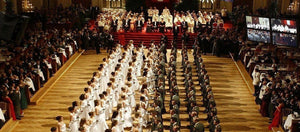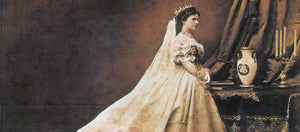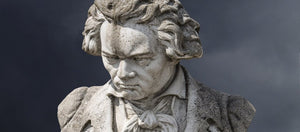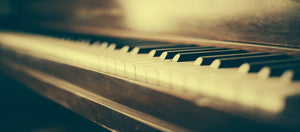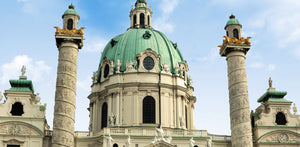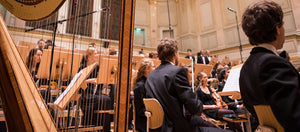Wiener Ballsaison: Alles, was Sie schon immer wissen wollten

Grandiose imposing surroundings, elegant formal attire and beautiful classical music — a traditional Viennese ball is a magical event everyone should experience at least once in their lives. To seamlessly fit in and really look the part, there are a few guidelines you should follow, especially when it comes to dress code and the types of dancing you’ll be expected to know. To help you have a truly enchanting evening and look as magnificent as the Viennese royalty who began the trend, here’s everything you ever wanted to know about Vienna ball season.

When did Vienna balls originate?
The Viennese ball season traces its roots back to the 18th century, when only the nobility was permitted to wear decorative masks and flamboyant costumes for private dancing events. Lower classes yearned to take part in the grandeur, so Emperor Joseph II opened up the prestigious dances held inside the Redoute Rooms within the Hofburg Palace to anyone who wanted to attend. This gesture allowed ordinary people to imitate the courtly customs of the upper classes, a tradition which still goes on to this day.
When is Vienna ball season?
Vienna ball season begins each year on November 11th, with hundreds of people gathering in the city center to waltz. However, the extravagant event doesn’t reach its peak until January and February, when hundreds of Viennese balls take place throughout the Austrian capital in various historical and magnificent buildings.
What do you wear to a Viennese ball?
When attending a Viennese ball, it’s very important to follow the dress code. If you don’t feel very out of place at best and won’t even be allowed through the doors at worst! Dress codes vary between each Viennese ball, so be sure to check your ticket for the exact guidelines. But to give you an idea of what you can expect to wear, here are some dress code overviews for standard Viennese balls and elegant Viennese balls.

Standard Viennese balls
The most common dress code for Vienna balls is black tie. This means gentlemen should arrive wearing a black dinner jacket, black trousers, black shoes, white wing-collar shirt and black bow tie. Women are required to wear full-length formal dresses and opera-length gloves. To help the dancing go smoothly and unrestricted, it’s advised that the dresses are wide and flowing at the bottom.
Elegant Viennese balls
Highly elegant Viennese balls are white tie events. This dress code is the same as black tie for women, but a little more refined for men. In addition to a black dinner jacket, black trousers, black shoes, white wing-collar shirt and black bow tie, white gloves, a white folded pocket square in the upper left pocket of the tailcoat and studs worn over shirt buttons are also required. Typically, the shirt should be made of pique — a fabric with a distinctive diamond-shaped waffle texture.

Extra recommendations
Women should avoid wearing white dresses, as this outfit is reserved for members of the Cotillion who take part in the opening ceremony.
You should take great consideration when it comes to your Vienna ball footwear. Traditionally, men’s shoes are simple, black and well-polished, while women’s shoes come with a low- to medium-size heel. Leather soles are preferable to rubber, because they make it much easier to carry out the quick turns required for the Viennese waltz. It’s fairly common to arrive in one set of shoes and change into another more suitable pair before moving onto the dance floor.
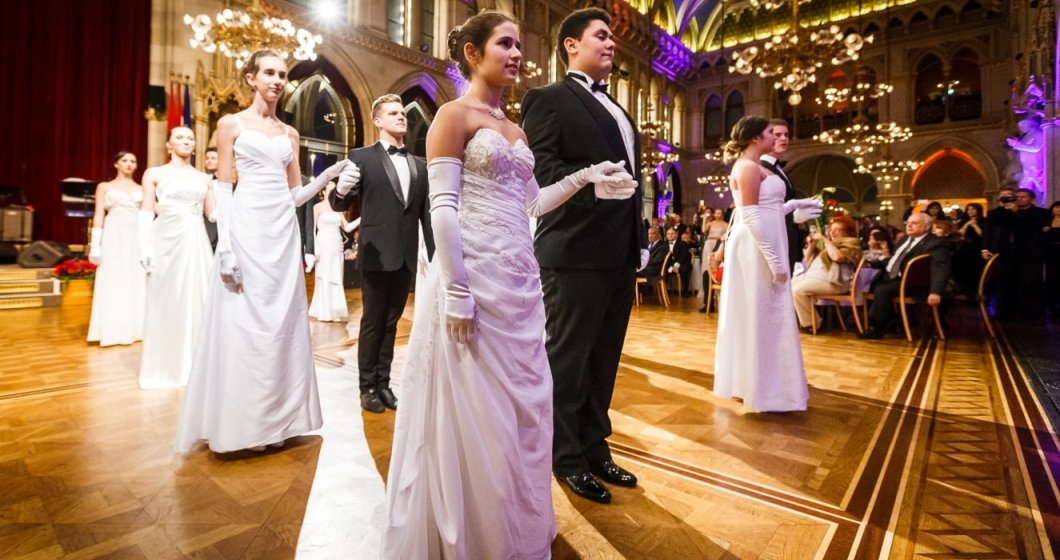
Vienna ball traditions
Here are a few Vienna ball traditions which will help you blend right in and look the part.
Damenspende
It’s traditional for men to provide their dancing partners with a gift (known as a damenspende) either as they enter the ballroom or when they leave. In the 19th century, these tokens were beautifully crafted cards which were given as a sort of promise of a dance. Today, the gifts vary hugely and can be anything from jewellery to confectionery and everything in between.
Dancing all night
Most Vienna balls begin between 9 pm and 10 pm and continue on until around 5 am in the morning. Johann Strauss’ Radetzkymarsch is usually played to mark the end of the evening. With potentially eight hours of dancing in store, you need to make sure you’re wearing comfortable, well broken in shoes!
Opening ceremony
Vienna balls begin with an opening ceremony. During this time, the debutants (young people who have never previously attended a Viennese ball) dance the first waltz. After a period of time, the master of the ceremony will announce, “The ball is officially opened”, inviting you to join in on the dance floor with everyone else.
Damenwahl
Damenwahl refers to the time during a Viennese ball when women are allowed to approach the men and ask them to dance. The Rudolfina Redoute is the only Vienna ball in which ladies can choose their partners throughout the entire evening, while the Concordia Ball hosts a Herreninsel, where experienced male dancers await ladies to approach them.
Midnight Quadrille
The master of the ceremony announces the Midnight Quadrille, a traditional French dance, at 12 am. To accompany the dance, orchestras usually play Johann Strauss’ Fledermaus Quadrille. Don’t worry if you don’t know the moves, as the master of the ceremony announces each step as the music plays. If your German language skills need a little work, just copy what the other dancers are doing.
The Best Vienna balls + 2019 dates
Here are some of the Vienna ball highlights, along with the dates and locations for 2019.
- Zuckerbäckerball — January 17th, 2019 — Vienna Imperial Palace (Hofburg Palace)
- Vienna Philharmonic Ball — January 24th, 2019 — Wiener Musikverein
- Techniker Cercle — January 26th, 2019 — Wiener Musikverein
- Johann Strauss Ball - February 16th, 2019 - Kursalon
- Kaffeesiederball — February 22nd, 2019 — Imperial Palace Vienna and Redouten Hall
- Vienna Opera Ball — February 28th, 2019 — Vienna State Opera
- Bonbon Ball — March 1st, 2019 — Vienna Konzerthaus
- Rudolfina Redoute — March 4th, 2019 — Vienna Imperial Palace (Hofburg Palace)
- Life Ball — June 8th, 2019 — Vienna City Hall
- Concordia Ball — June 14th, 2019 — Vienna City Hall
- Silvester Gala - December 31st, 2019 - Vienna City Hall
← Vorheriger Post Nächster Post →


